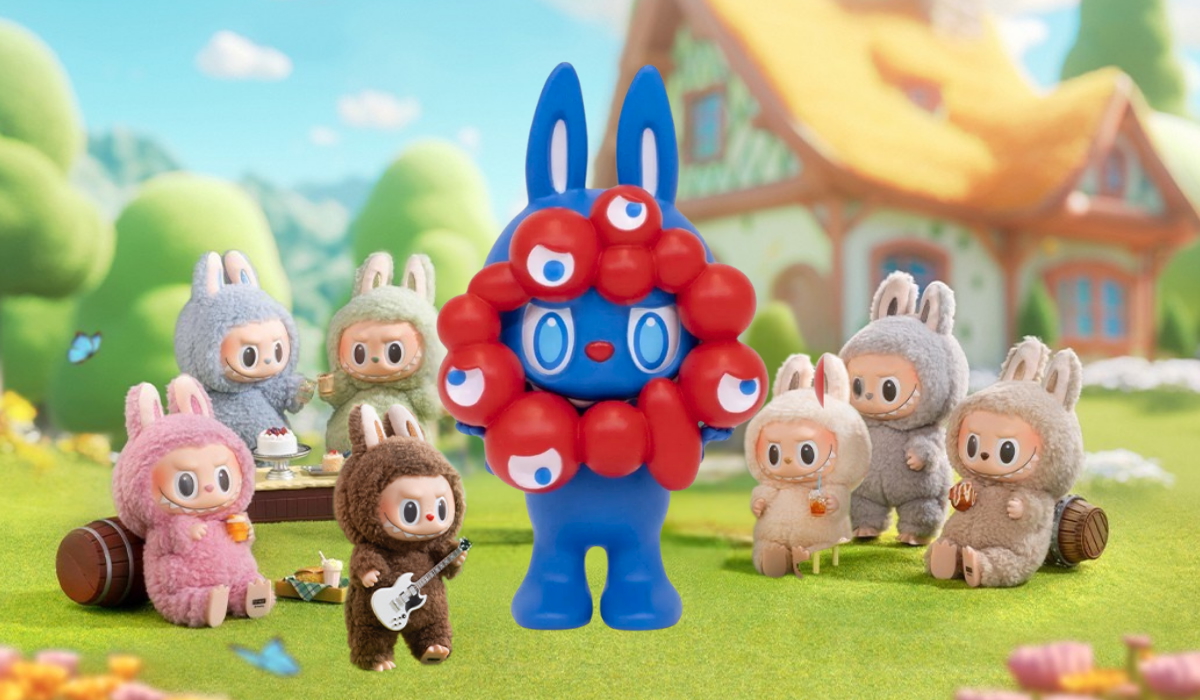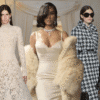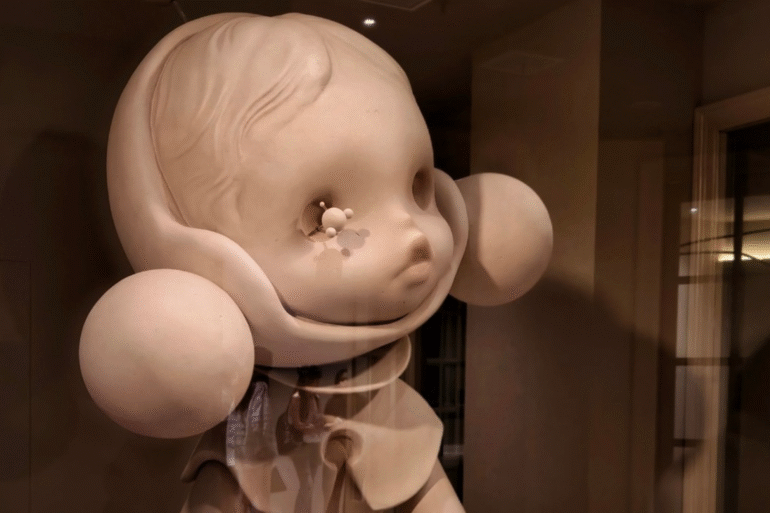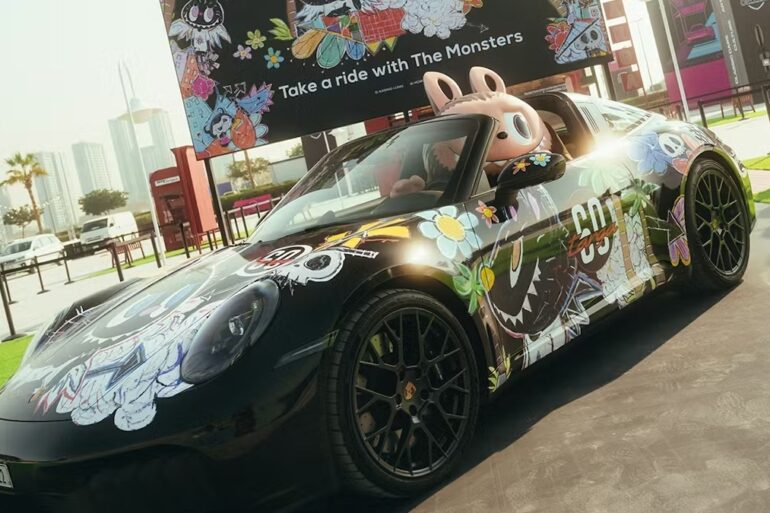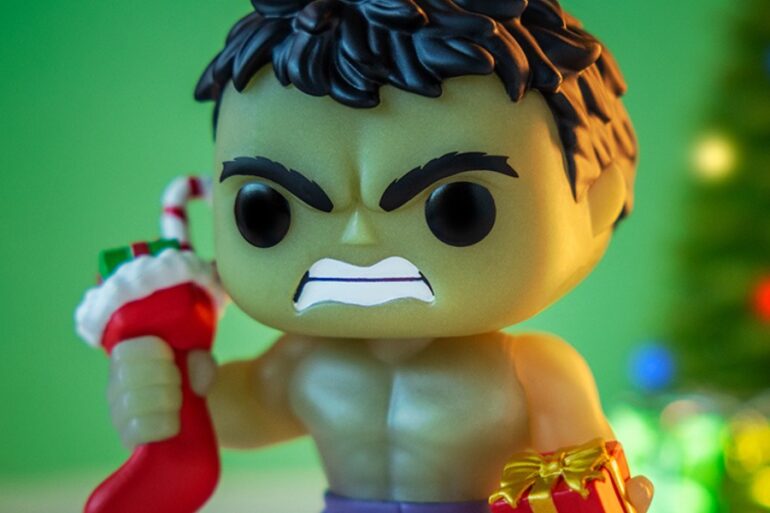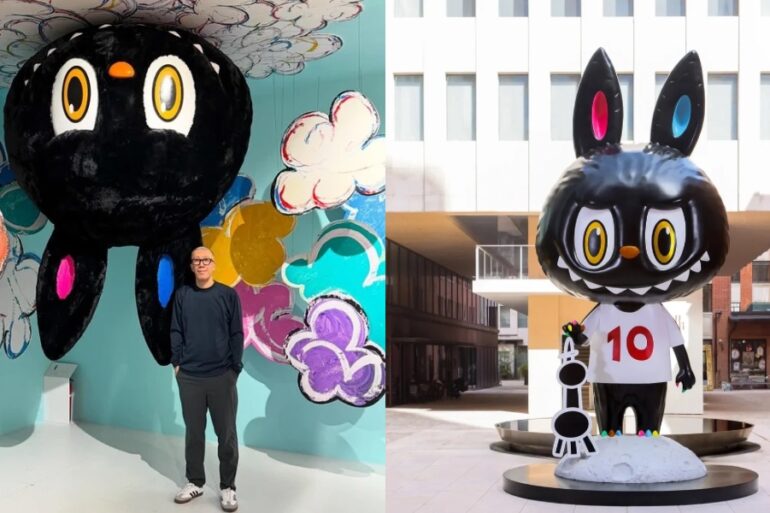Available only until October 11, the Labubu × Myaku-Myaku figure is sold exclusively at the expo site via lottery.
This isn’t just another expo souvenir, it’s two cult icons—the quirky, “ugly-cute” Labubu and Myaku-Myaku, the official mascot of the Osaka World Expo—coming together.
The collectible has drawn massive queues, the kind of frenzy usually reserved for sneaker drops—and rare Labubus. At just 10 centimeters tall and priced at ¥4,400 (US$30), the figure fuses Myaku-Myaku’s bubbly red-and-blue form with Labubu’s sharp grin and oversized ears—a surreal mascot marriage that somehow works.
How to buy
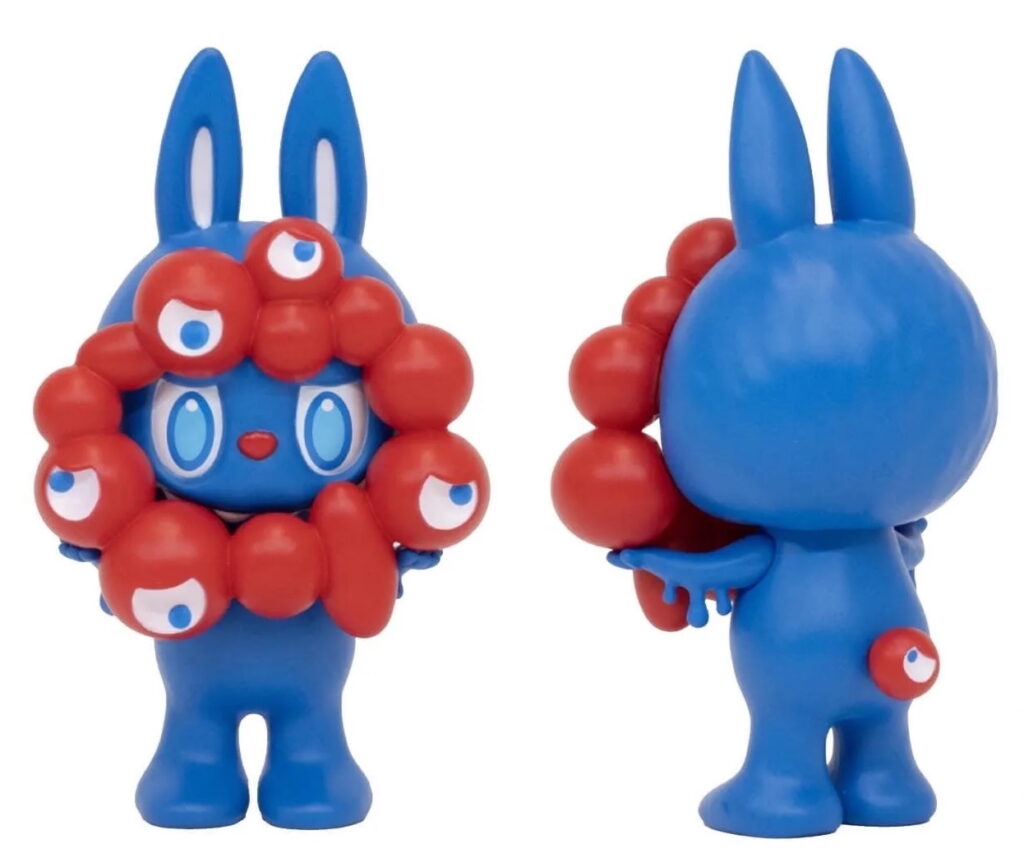
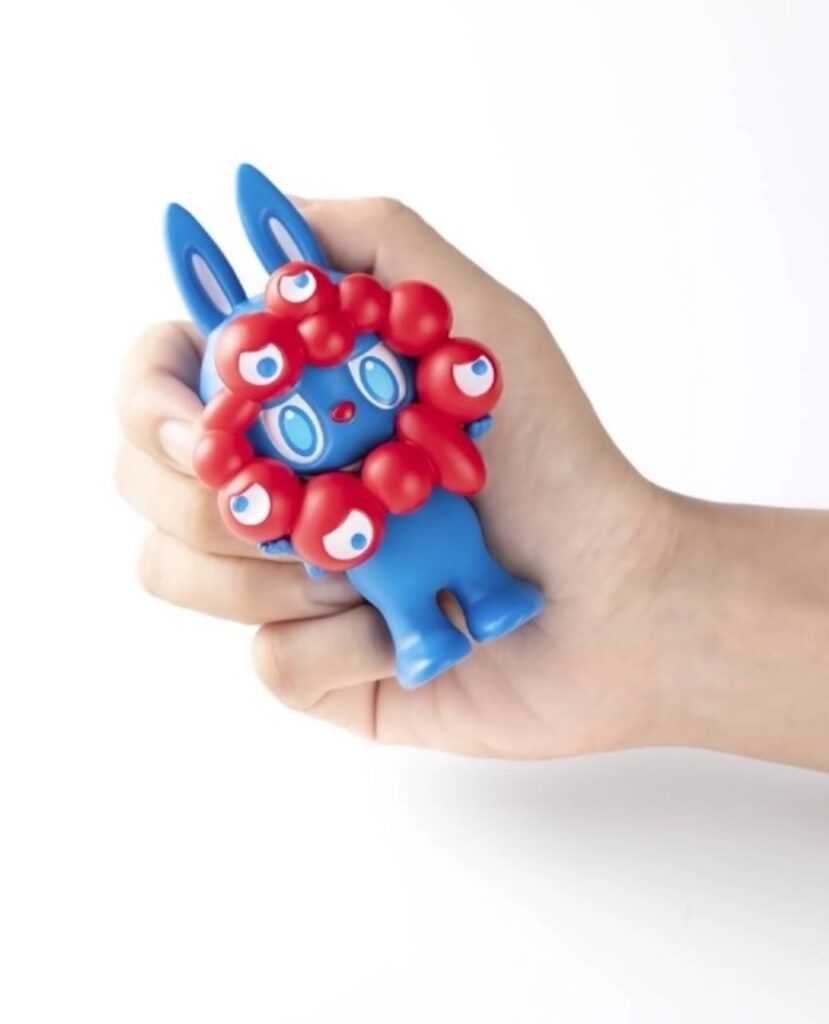
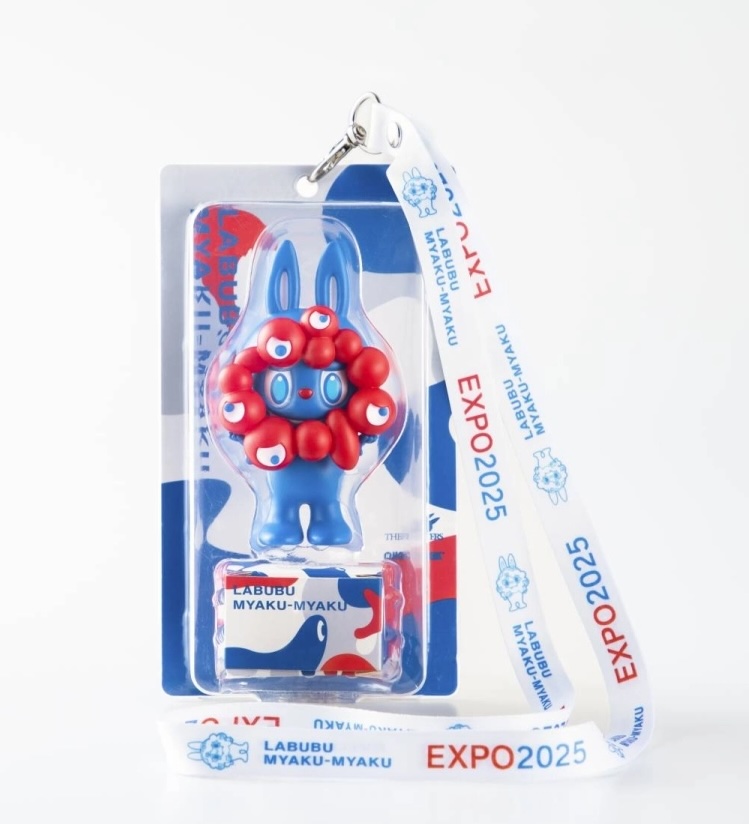
According to Time Out, the Labubu Myaku-Myaku figure will only be available at the Expo’s official store at the East Gate, operated by Daimaru Matsuzakaya Department Store.
The lottery runs from October 1 to October 11, 2025, from 9 am to 1 pm. Visitors scan a QR code outside the East Gate store to enter. Winners are notified via LINE by 1:30 and can then queue (in a dedicated winners’ line) to purchase starting from 2 pm. If they don’t show up within three hours, the win is void. Only one figure per winning person is allowed.
Because of scarcity, resale prices are already climbing. On collector markets like StockX, listings for the Monster Labubu × Myaku-Myaku can go as high as $800 (₱45,666).
Related story: Visiting the World Expo? Why the Philippine pavilion should be your first stop
Related story: How Labubu dolls became the ‘It accessory’ we never saw coming
The rise of a mischievous monster
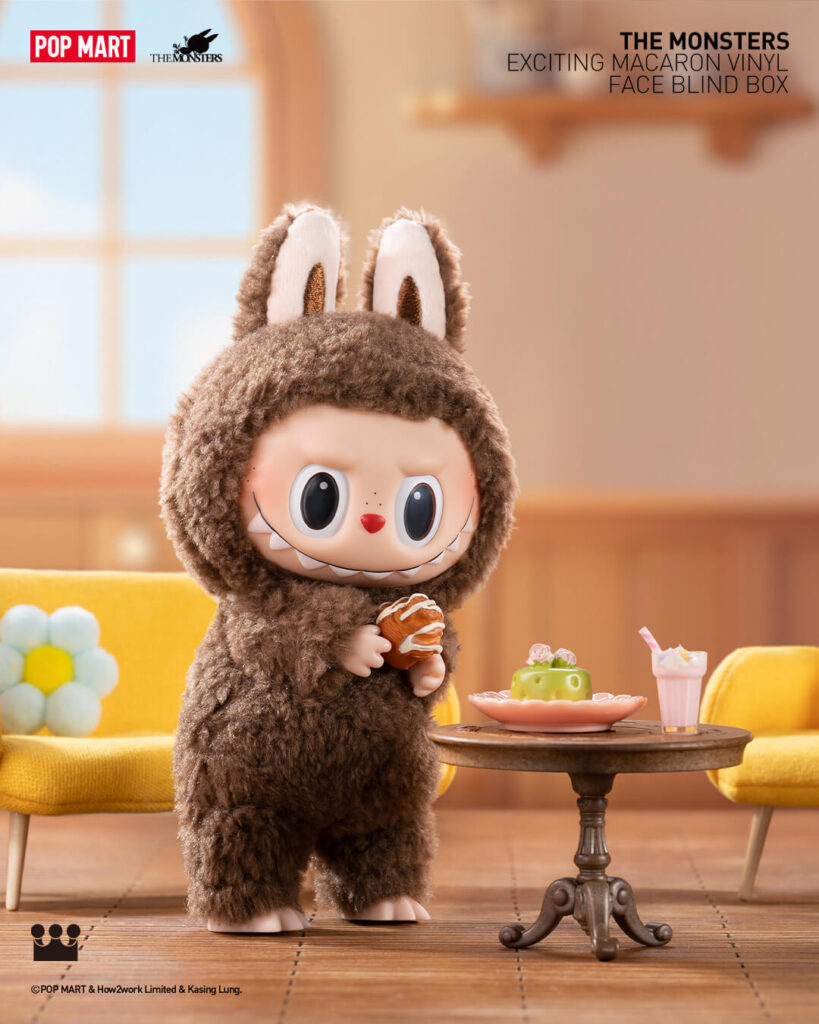
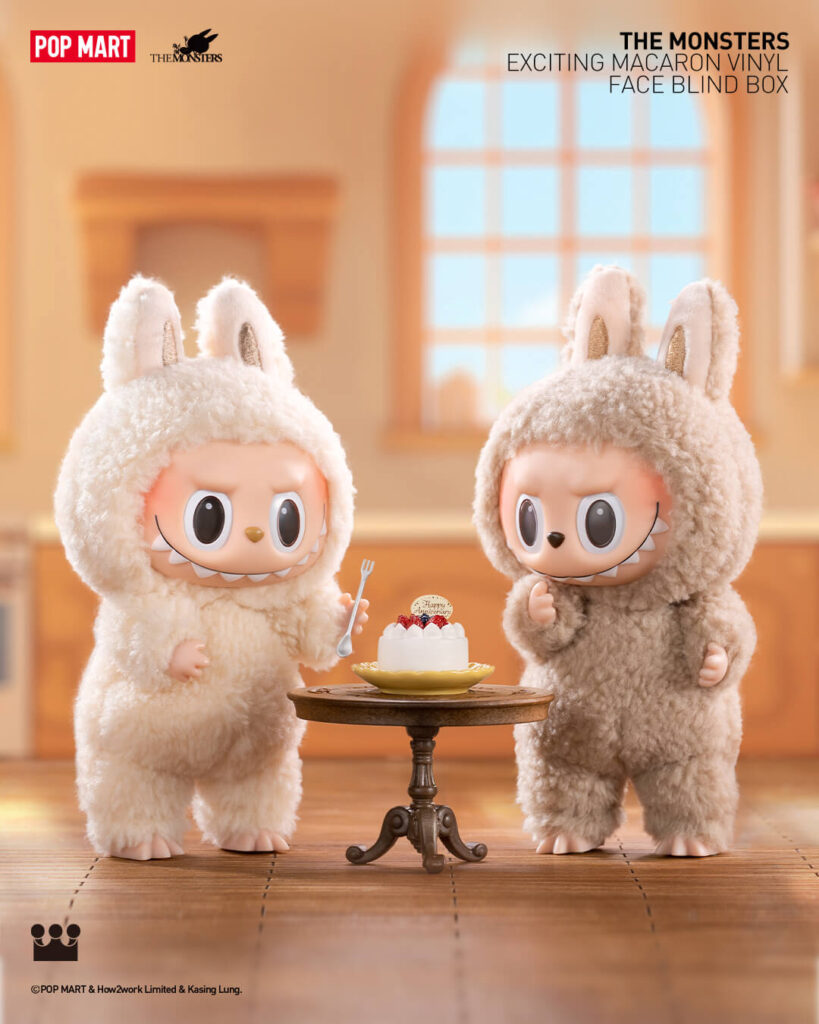
Labubu began life as a character in Kasing Lung’s storybook universe, The Monsters, long before becoming a Pop Mart global mascot. With its pointed teeth, wide eyes, and slightly grotesque grin, it embodied a kind of “ugly-cute” aesthetic—less Hello Kitty, more Tim Burton meets plush toy.
When Pop Mart turned it into a blind-box collectible in 2018, Labubu became a cultural wildfire. Fans lined up overnight for new series, resale prices skyrocketed, and collectors treated the figures like blue-chip investments.
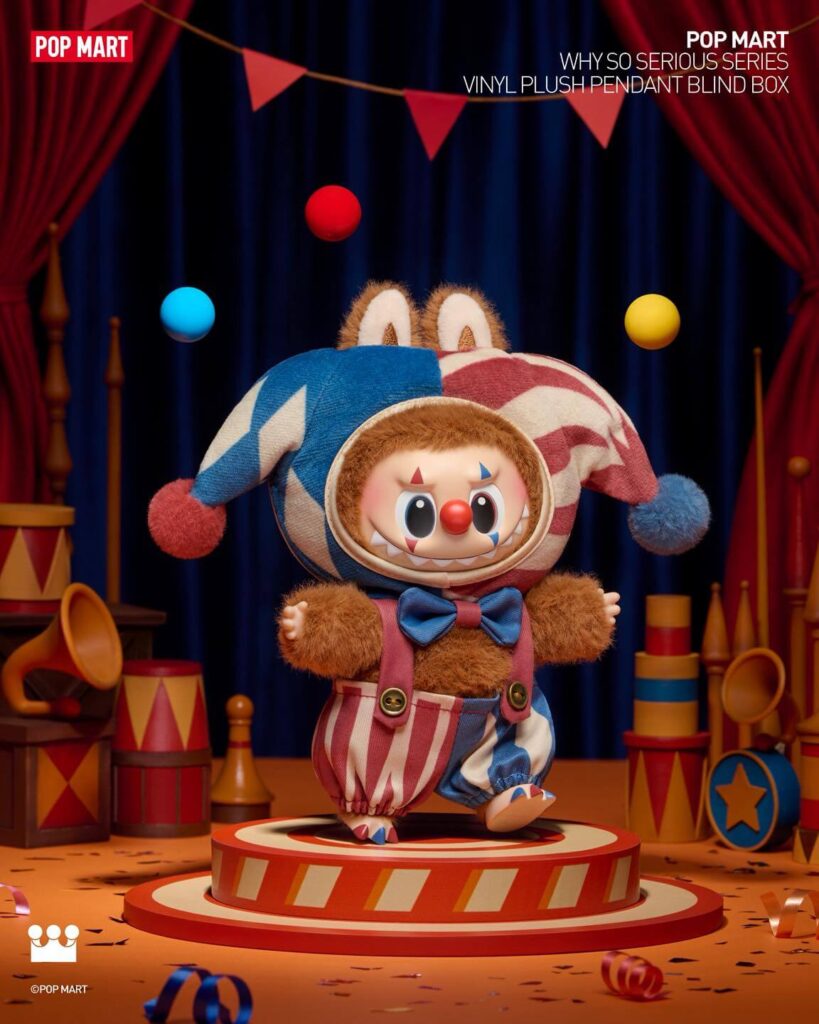
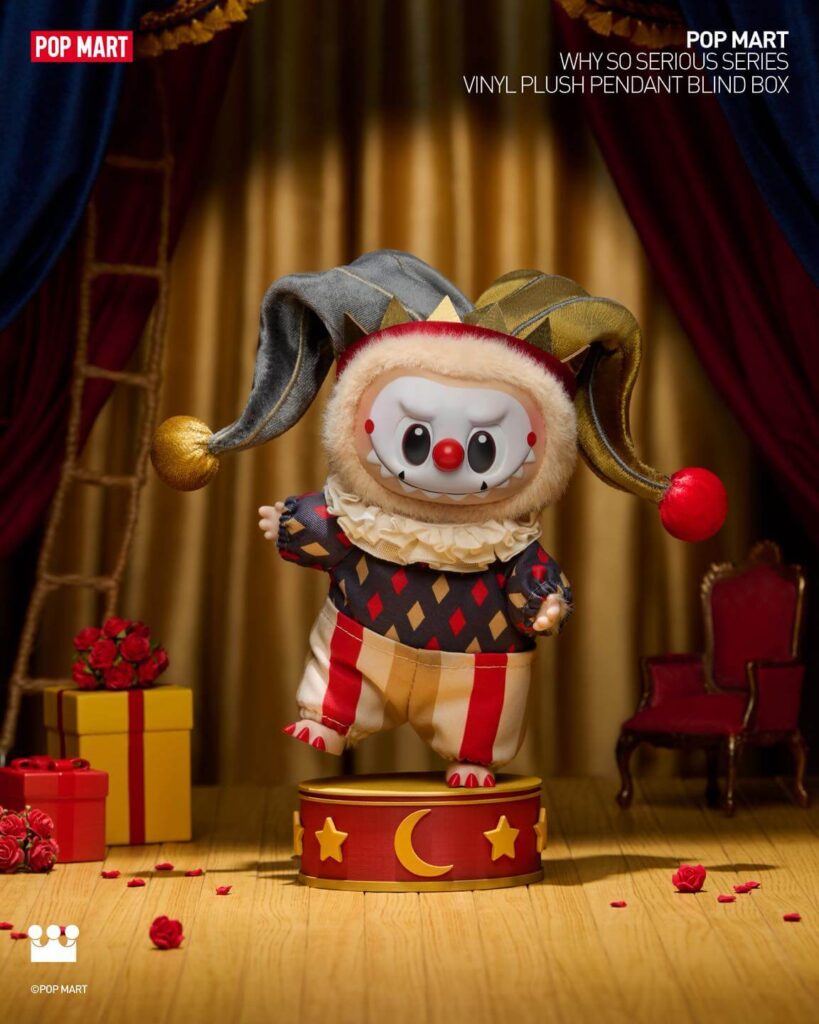
At its peak, Labubu was the beating heart of Pop Mart’s empire. In 2024, The Monsters series generated 3.04 billion yuan (around US$430 million), about a quarter of Pop Mart’s total revenue. By mid-2025, that share had climbed to more than a third. A mint-green mega Labubu even sold for $170,000 at auction.
It was art-toy mania. Adults found joy in the tactile, the collectible, the small piece of weird they could hold in their hands.
Collaborations, cultural crossovers
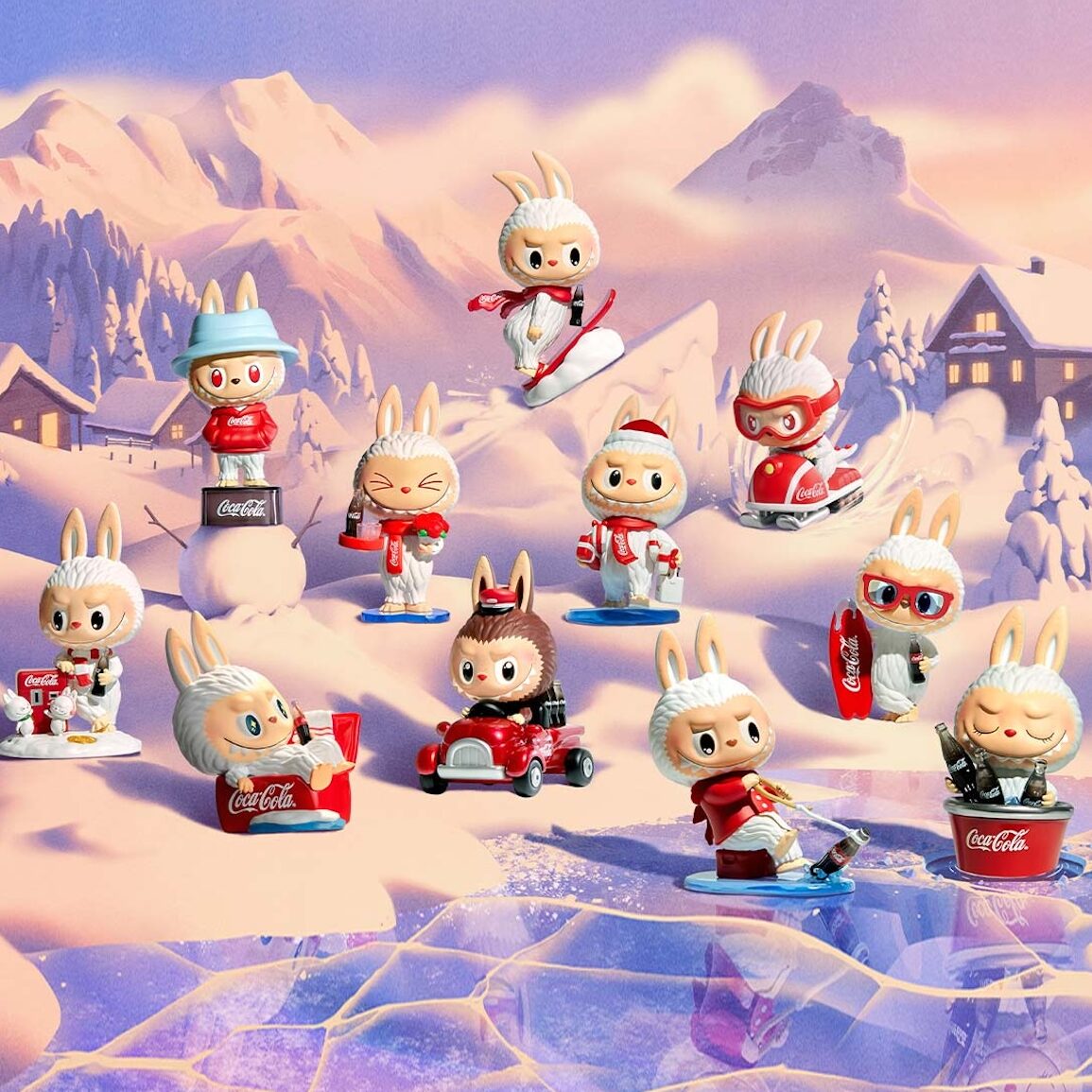
Pop Mart understood that hype feeds on novelty. Labubu became a blank canvas for partnerships, morphing into countless forms through collaborations that blurred the line between street culture, luxury, and nostalgia.
There was the Coca-Cola Labubu, a sugary-sweet nod to Americana; the One Piece crossover, where Labubu donned pirate gear; and the Uniqlo UT x Pop Mart capsule collection that brought Labubu’s fanged grin to graphic tees.
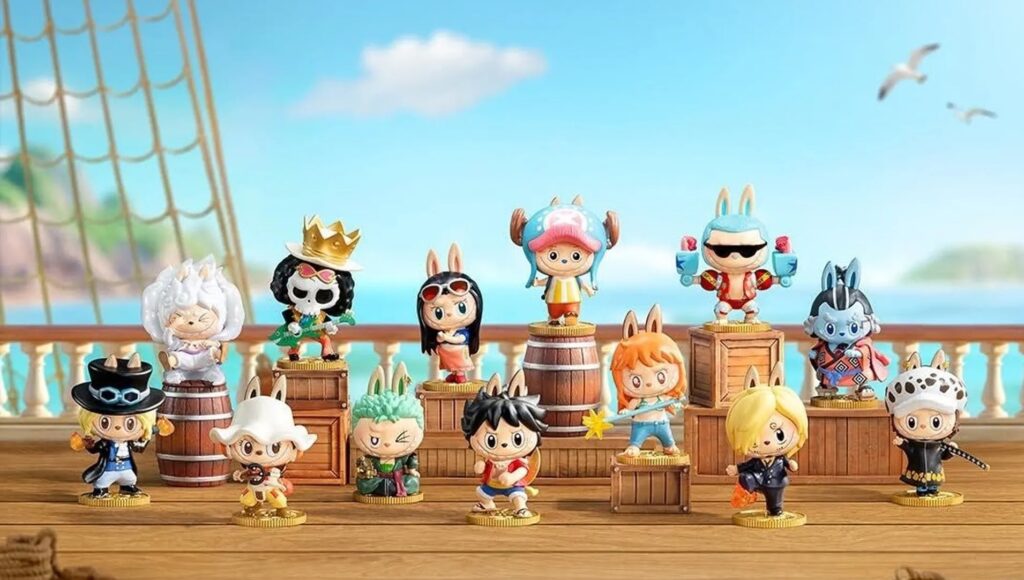
Then came the high-fashion moment: a collaboration with Moynat, the French luxury house known for its heritage trunks. The 10th-anniversary Moynat x Labubu collection—featuring leather bags and charms adorned with the creature’s likeness—signaled that the monster had entered the couture conversation.
Even skatewear joined the parade, with Vans releasing Labubu-themed sneakers and apparel. Each partnership expanded the mythos: Labubu wasn’t just a collectible—it was an attitude, a cultural mascot for a generation that adored irony and imperfection.
Related story: Labubu is now literally on luxe leather bags, thanks to Kasing Lung’s collaboration with Moynat
Related story: Look out, Labubu. Louis Vuitton now has bag charms worth over P70k
Waning craze
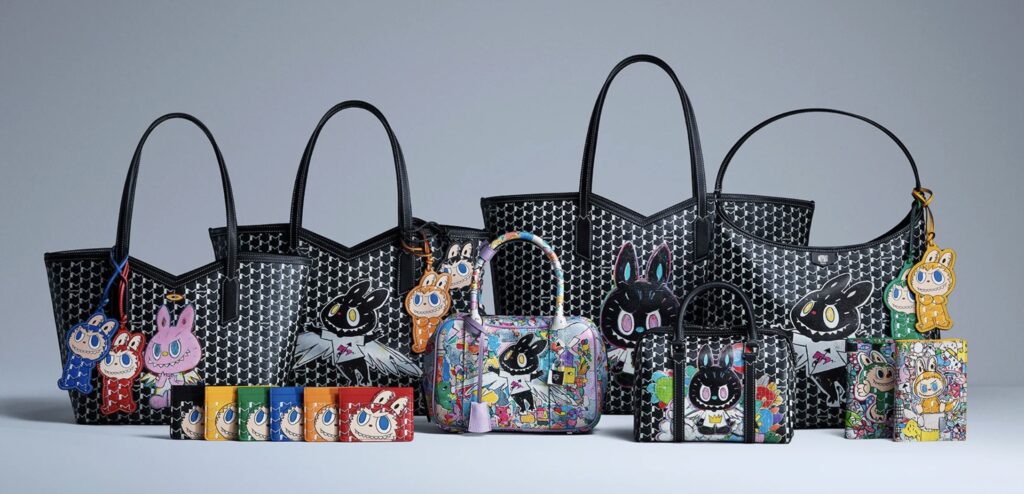
But monsters, like markets, can’t stay inflated forever. After the first half of 2025, signs of fatigue were showing. In China’s secondary markets, average prices for mini Labubus had dropped to around 107 yuan ($15.15), down more than 50 percent from their peak. Full boxes of 14 figures—once selling for 3,200 yuan ($449)—now traded for half that. Collectors began offloading their duplicates while speculators exited.
Even Pop Mart’s billionaire founder, Wang Ning, couldn’t escape the downturn. As Labubu’s resale frenzy cooled, Pop Mart’s stock plunged, wiping out $6 billion of Wang’s personal fortune in less than a month. Once richer than Jack Ma, Wang saw his net worth slide from $27.5 billion to around $21 billion.
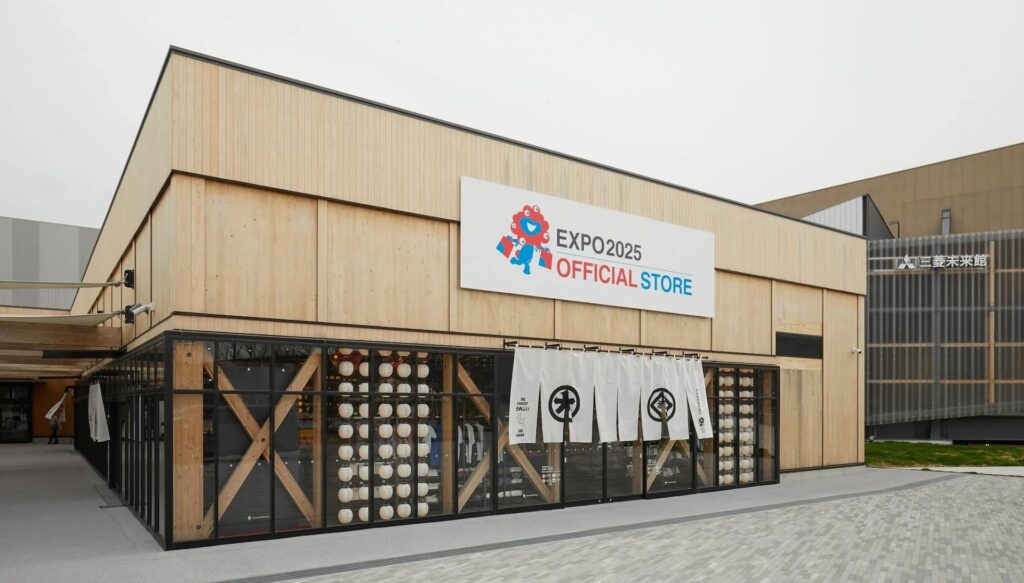
The fall was predictable. The blind-box business thrives on scarcity and anticipation. Once production scales up, scarcity dies along with the illusion of exclusivity. Pop Mart’s decision to flood the market with new editions felt like cultural rebellion and more like overexposure.
But Labubu’s magic hasn’t entirely vanished. The Osaka Expo edition proves that the character still sparks excitement when tied to an experience. Here, in the fusion of Myaku-Myaku’s optimism and Labubu’s chaos lies what made the figure irresistible in the first place: its strangeness.
Related story: How Labubu turned Pop Mart founder Wang Ning into China’s 10th richest man
Related story: From Trolls to Labubu dolls: 10 iconic toys we were obsessed with over the last 30 years

